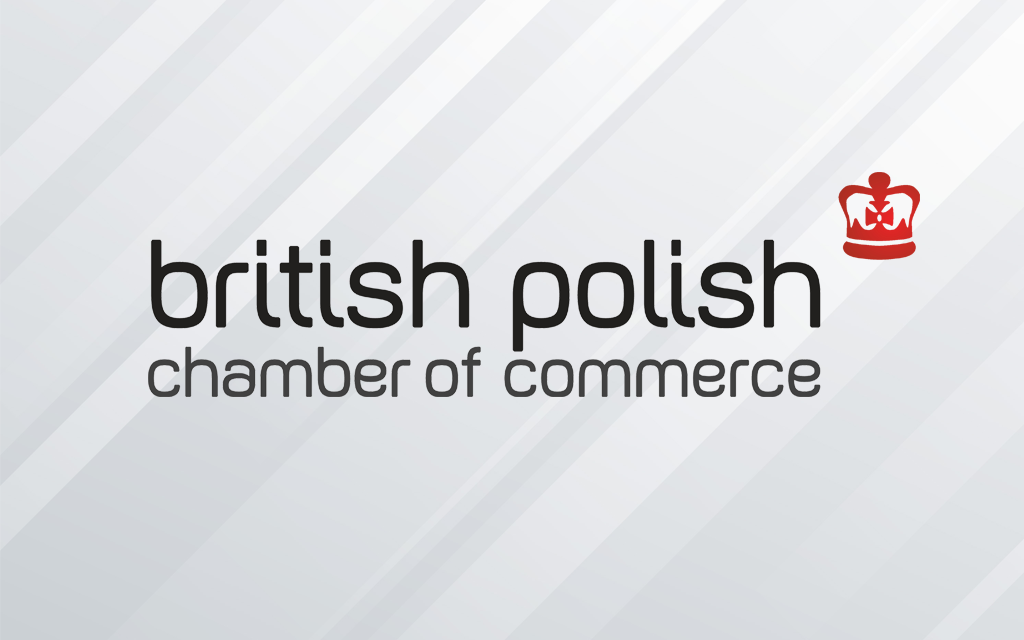In recent years, polished concrete has been increasingly popular in commercial buildings, mainly due to improved sanding techniques resulting in an increasingly attractive floor finish. In turn, seamless resin floors are more durable. Additionally, the total cost of their application is lower in the whole life cycle of the building. To choose between these technologies, one should know their most important features that decide which solution works better in specific conditions.

 Experts of the Flowcrete brand, a producer and supplier of both resin floors and products used for concrete protection and impregnation (the so-called concrete floors), share information about both these materials.
Experts of the Flowcrete brand, a producer and supplier of both resin floors and products used for concrete protection and impregnation (the so-called concrete floors), share information about both these materials.
Polished concrete is a concrete floor treated with construction chemicals and sanded until its surface is smooth and shiny. The grinding process with ever-finer diamond wheels takes several steps. In the meantime, some products are applied to it to increase the compactness of the concrete structure, which hardens its surface, making it ready for polishing. After sanding, impregnates are applied that penetrate the pores of the floor and provide protection against stains.
Resin floors are a group of flooring solutions made in various technologies, including epoxy, polyurethane and methacrylic resins. Although they differ in application methods, all are seamless, waterproof and abrasion-resistant. Epoxy floors are popular in representative areas with intensive pedestrian traffic, where durability and an attractive appearance over a long time are required. They can be made with the addition of coloured quartz sand or marble aggregate, with the pieces of glass or mirrors – as in the case of classic resin terrazzo, with a thickness of 8–9 mm.
1. Aesthetics
Polished concrete floors create rough, minimalist interiors that resemble old factories. More attractive effects can give such methods as concrete dyeing (in mass or surface), decorative aggregate additives, textures, patterns or templates. Epoxy floors are available in a wide range of colours and technologies and can also include various additives, which gives a lot of design freedom.
The decision about the flooring solution to be applied in the facility depends on the effect one wants to achieve. The use of resin floors allows one to achieve a style similar to concrete and many other visual effects that only resins can give.
2. Functionality
With proper maintenance, both concrete and resin floors are resistant to mechanical use. They are also easy to keep clean – it is enough to wash them once a week with water and a mild liquid detergent. They do not require the use of waxes or impregnations. When designing resin floors, it is necessary to consider the challenges they will face and the durability expected by the investor in the long term – this will help choose the right solution of the appropriate thickness and strength. Resin-based floors designed for commercial facilities with intensive traffic are more durable than concrete floors, thanks to which they maintain the highest quality and attractive appearance for many years.
The durability of the concrete floor depends on the quality of the existing substrate. In the case of resin floors, the type of material, the system build-up and its functionality can be adapted to the investor’s needs.


3. Costs
The polished concrete floor technology is a more economical solution, as it eliminates the need to apply other finishing materials. However, one should remember that concrete is sensitive to moisture and has to be protected against it. If the liquid enters its pores when it freezes it may burst the floor and lead even to the construction plate deterioration. Concrete expands and contracts if subject to temperature changes, which can lead to the formation of cracks on its surface. There are many ways to fix them, including the application of sealing materials or resins, which generates additional costs, while choosing the right colour also remains a challenge.
In the case of resin floors, low maintenance costs and long life mean that the installation costs spread over the years. As a result, the resin floors cost throughout their life cycle is lower than in the case of concrete floors.
4. Time
Getting high-quality polished concrete is a multi-step process that takes time. At least a month has to pass from the moment the concrete is applied before the mechanical and chemical treatment can begin. As a rule, epoxy floors have a longer setting time than other resin floors, e.g. polyurethane or methacrylic. However, even in their case, it takes about 7–12 days from the time they are made till they harden. They also require the use of one or two outer layers to close and seal the pores.
It is worth remembering that epoxy floors bond to the concrete substrate and all imperfections in the layer below are visible on them. For this reason, the substrate must meet strictly defined requirements for, including concrete class (min. C20/25) or bond strength (> 1.5 MPa). The need to strengthen it, e.g. by making an additional reinforced concrete slab, may extend the installation time of the floor. However, assuming that the substrate is of appropriate quality, resin floors can be made in half of the time compared to polished concrete.
In any case, the decision depends on the investor’s needs. Concrete floors are chosen mainly for their aesthetic effects. However, in many situations, resin floors can give a similar effect while offering greater flexibility.


























